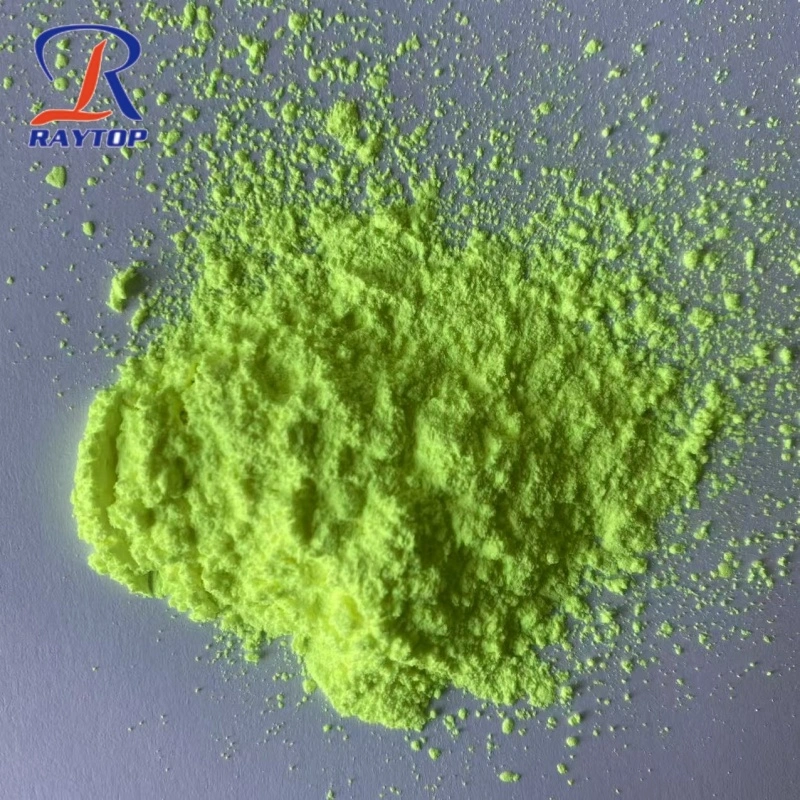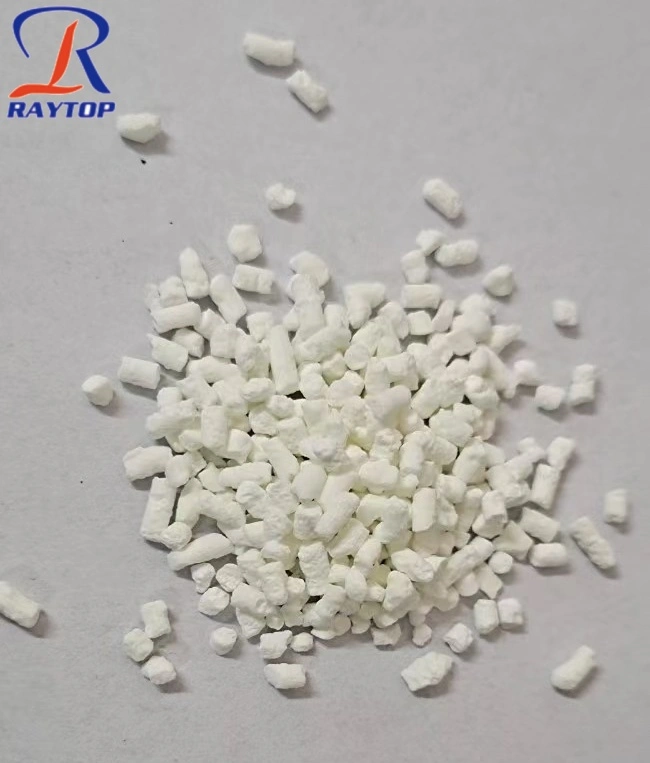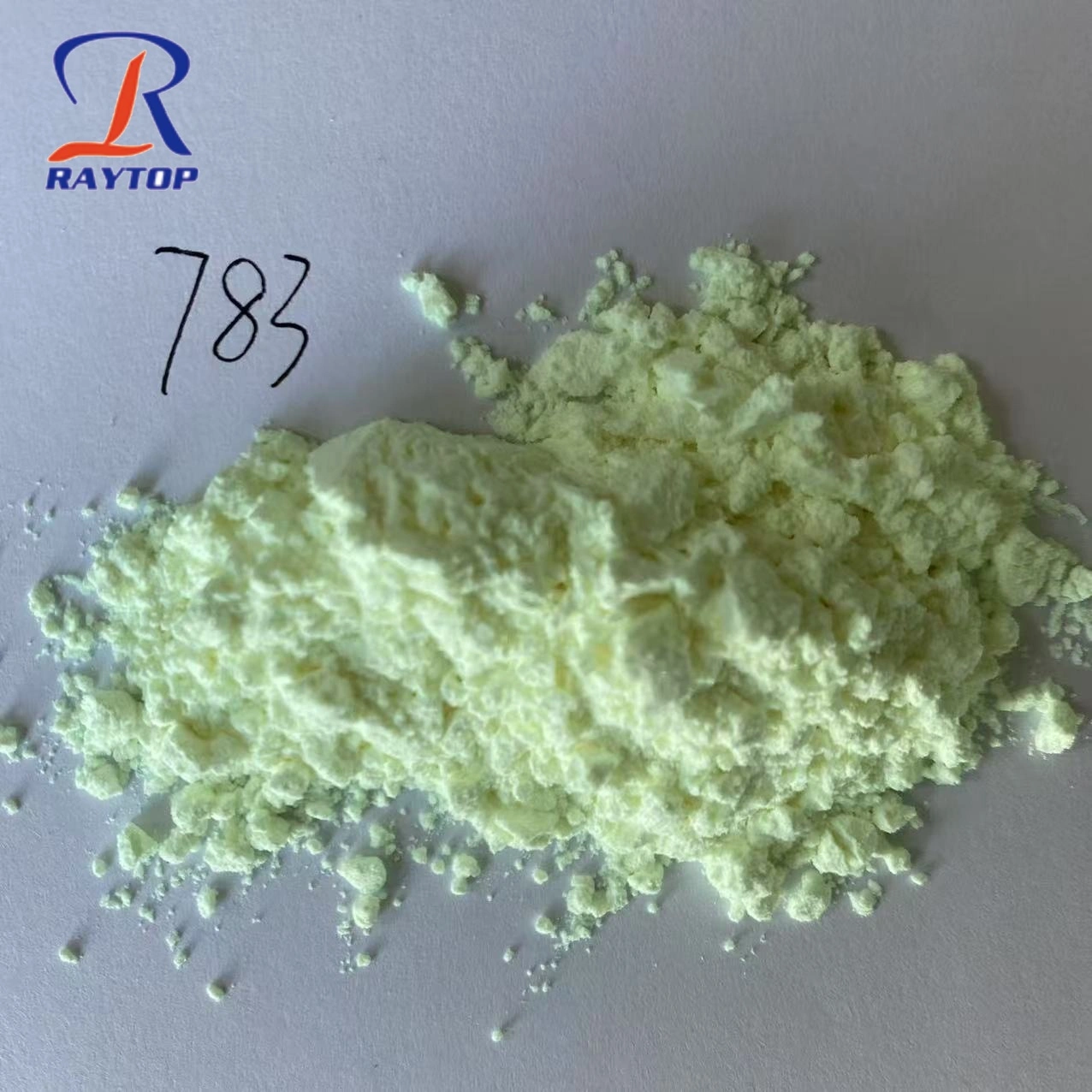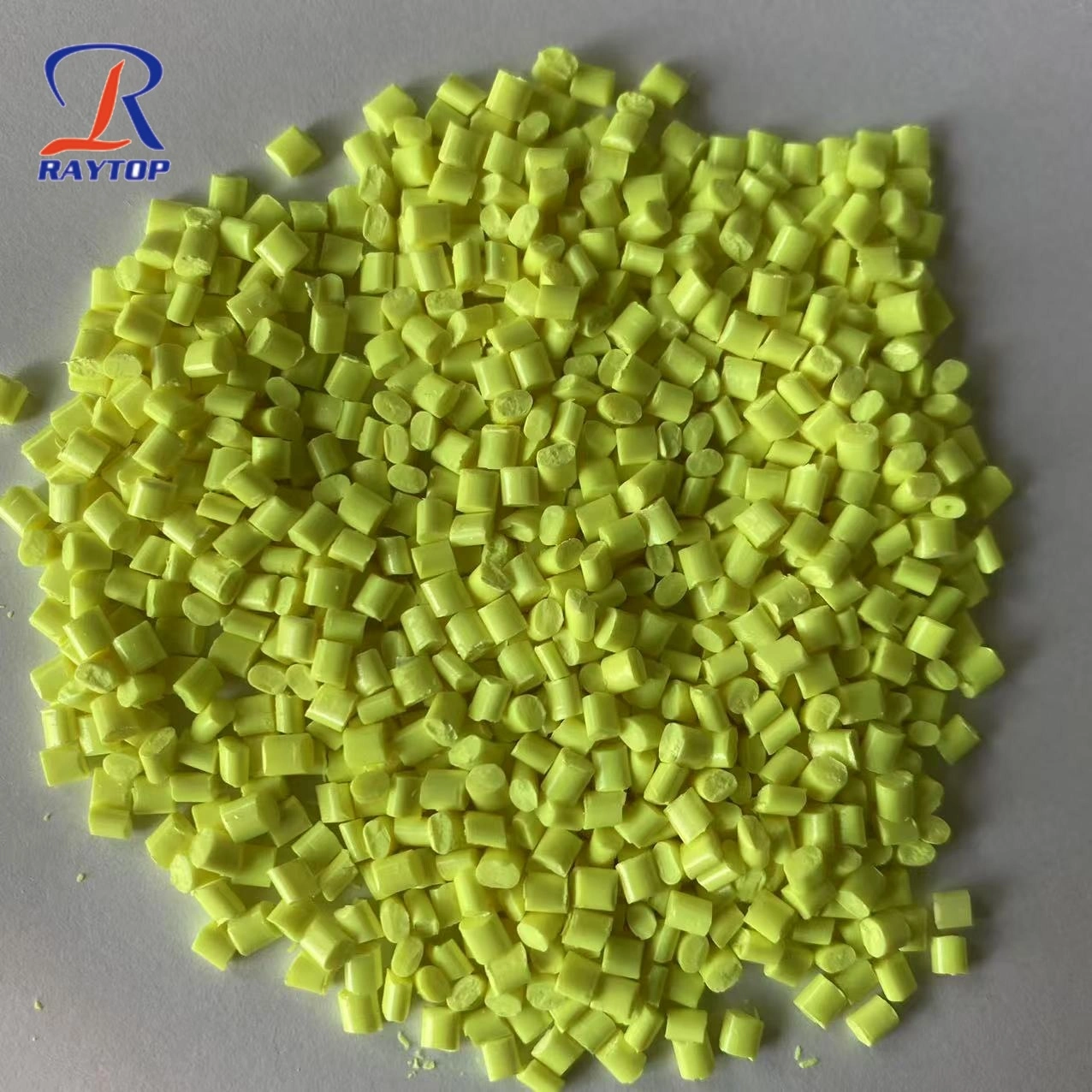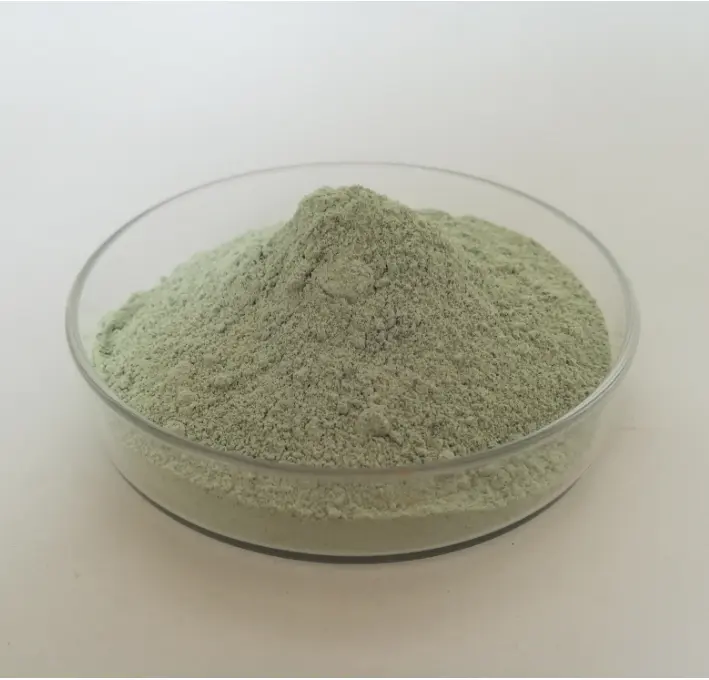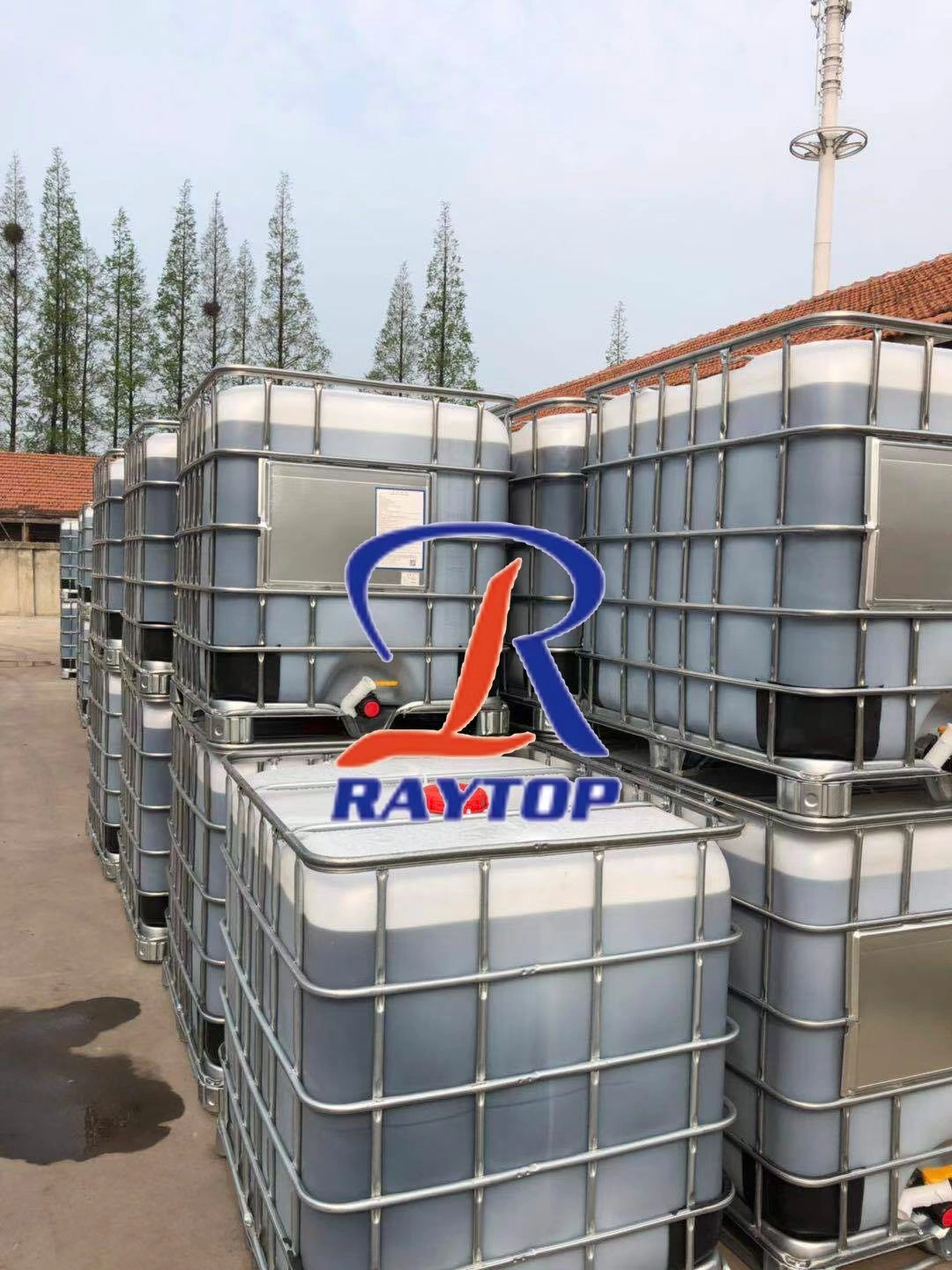Market demand and competition promote the continuous improvement of optical bright agent manufacturing process
Optical brightening OB-1 is a very important oxazole fluorescent whitening agent. It plays an important role in the whole optical brightening family. From the 1990s to now, the production process of optical brightening OB-1 has been continuously improved in China, which makes the sales price of optical brightening OB-1 continuously decrease and the cost performance continuously improve, From the initial 500000-600000 tons (Eastman in the United States was 1 million tons) to the present 100000-200000 tons, the production process of the earliest manufacturers increased, resulting in a large number of waste liquid treatment difficulties. In the early stage of the plant, the treatment cost of waste sulfur and waste liquid is increasing, and the number of manufacturers is increasing, which urges the manufacturers to continuously improve the process and reduce the cost of products.

Early optical brightening agent manufacturing process
In the manufacturing method of optical brightening agent OB-1, p-methylbenzoate and o-aminophenol are used as raw materials to react in polyphosphoric acid, and sulfur or bismuth trioxide is used as catalyst in condensation reaction. As sulfur is used as catalyst to produce hydrogen sulfide gas, many factories have suffered from hydrogen sulfide poisoning;
Especially in the early manufacturing process, 4-methylphenylbenzoxazole and sulfur were sulfurized, desulfurized and refined. Due to improper operation of factory workers, sulfur combustion was caused and major fire was caused.
Today's optical lighting agent manufacturing process
The usual methods used by optical brightening agent manufacturers are three steps: cyclization, chlorination and condensation.
1. P-toluoxazole was synthesized by cyclization of p-methylbenzoic acid and o-aminophenol in acidic medium;
2. After chlorination, 2 - (4 chloromethylphenyl) benzoxazole was obtained;
3. In the last step, there are two ways to synthesize optical brightening OB-1. One is the witting reaction between 2 - (4 chloromethylphenyl) benzoxazole and triethyl phosphite to form phosphate ester, which is then condensed with 2 - (4 chloromethylphenyl) benzoxazole in DMF in the presence of sodium methoxide to obtain the crude OB-1. The product quality of this method is high, but the process route is long, there are a lot of residual liquid containing phosphine, and the pollution is serious.
Therefore, in the latter way, 2 - (4-Chloromethylphenyl) benzoxazole is depolymerized in alkaline solution, such as sodium hydroxide or potassium hydroxide, and DMF to obtain o-optical brightening OB-1. This method is simple and mild with high yield of 70-80%. Finally, the fluorescent whitening agent OB-1 was obtained by refining.
Optical brightening agent manufacturing process in the future
With the development of economy, the demand for oxazole brighteners will be more and more. In the fierce market competition, new synthetic processes will continue to emerge, and the manufacturing process will become more and more refined and environmentally friendly.


